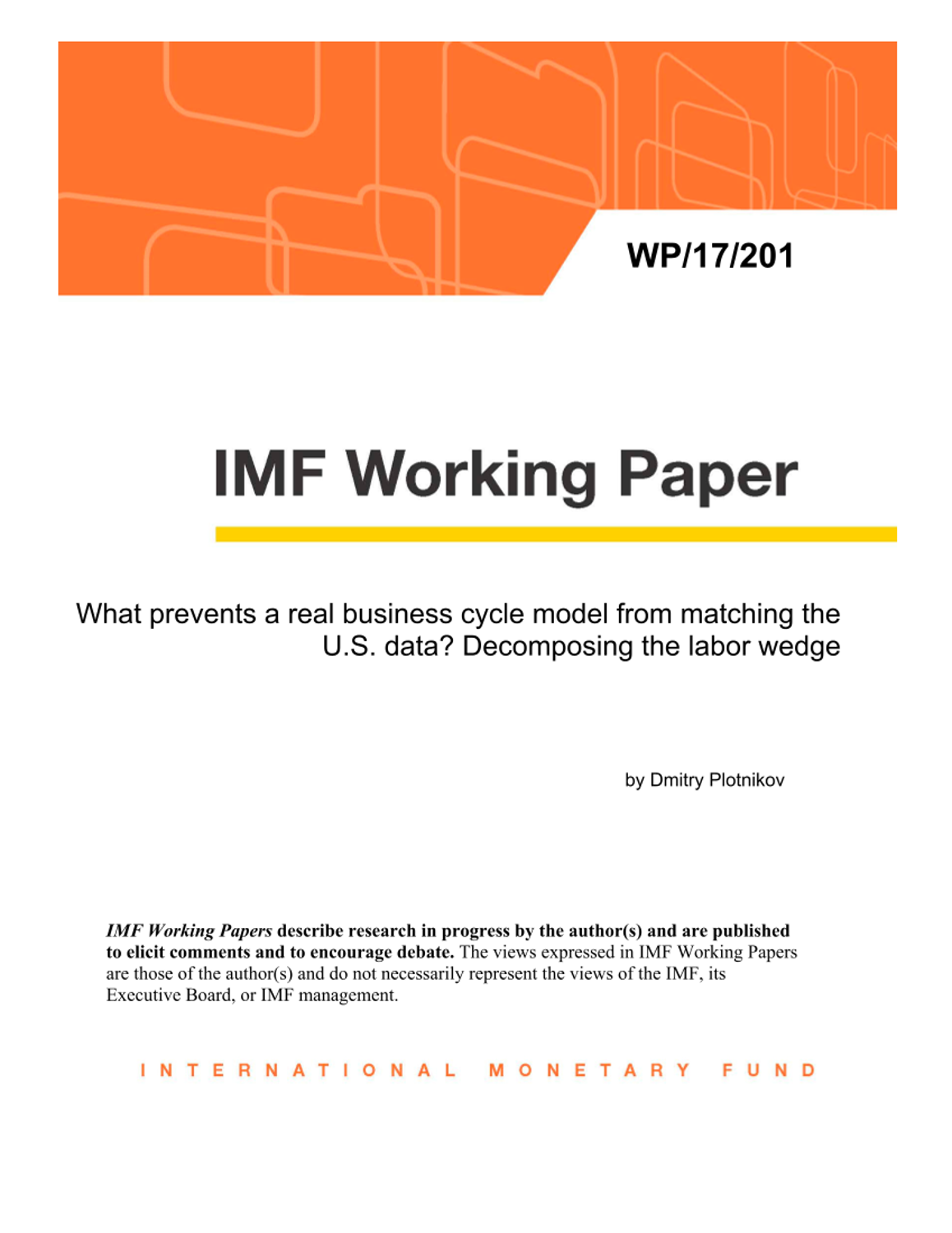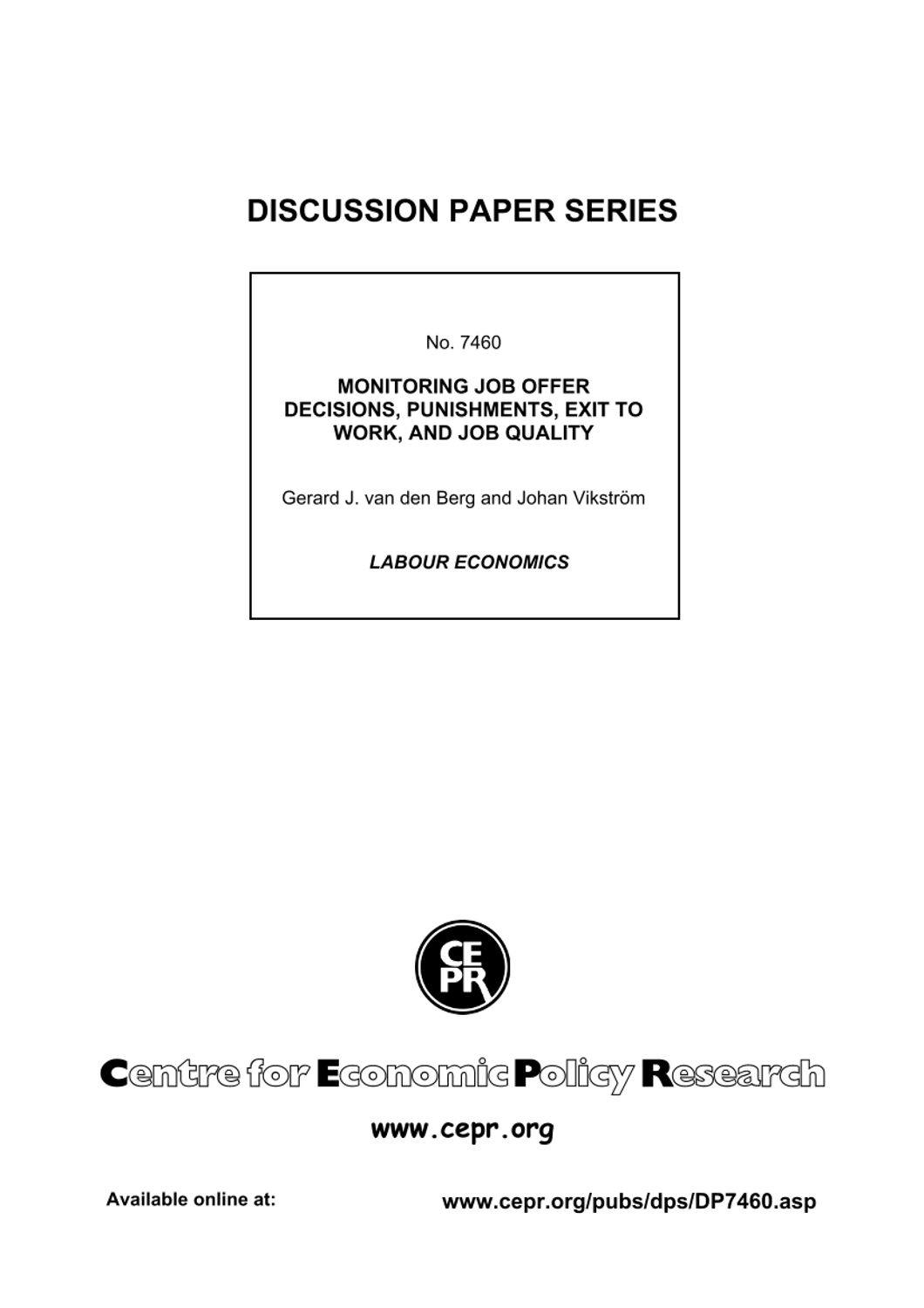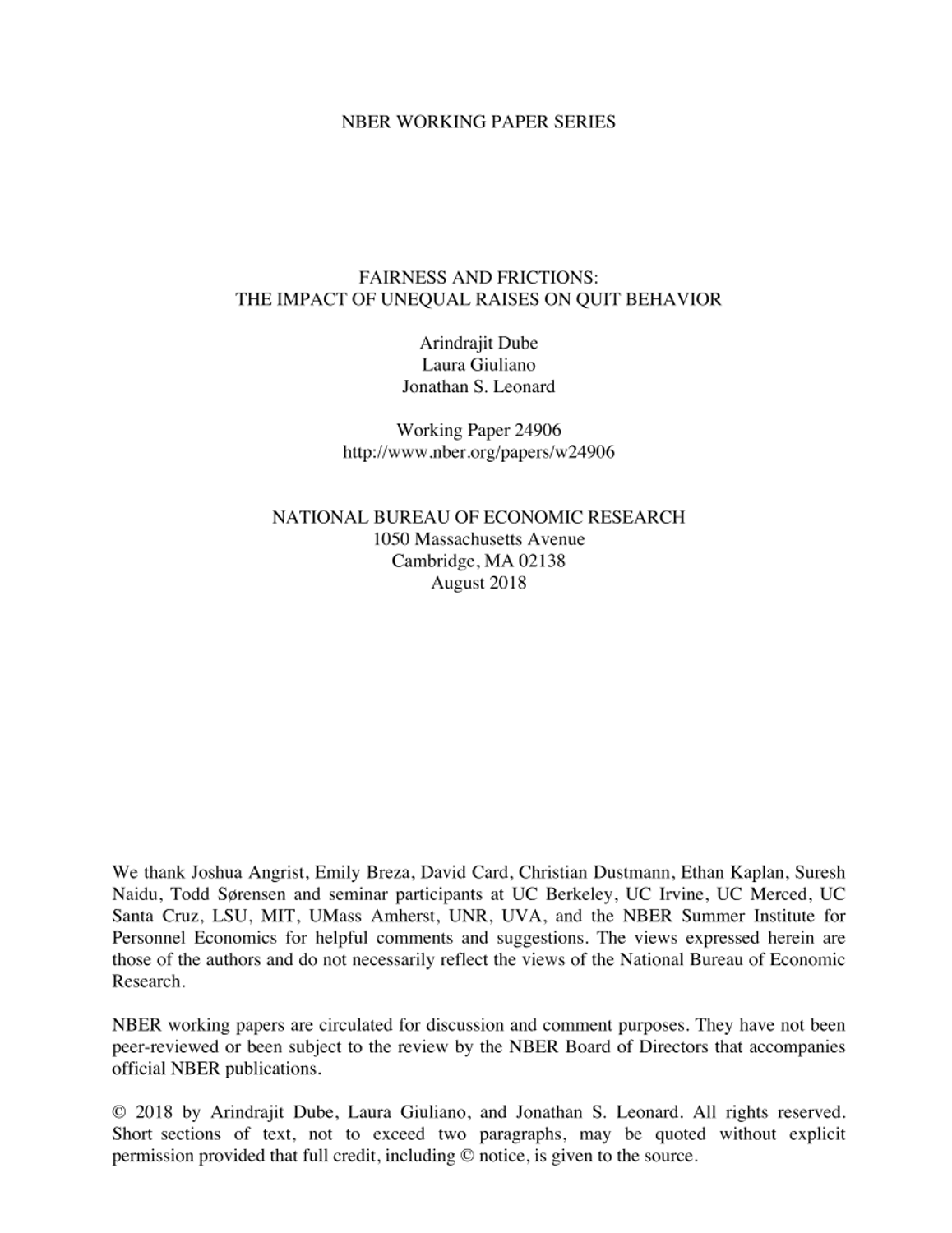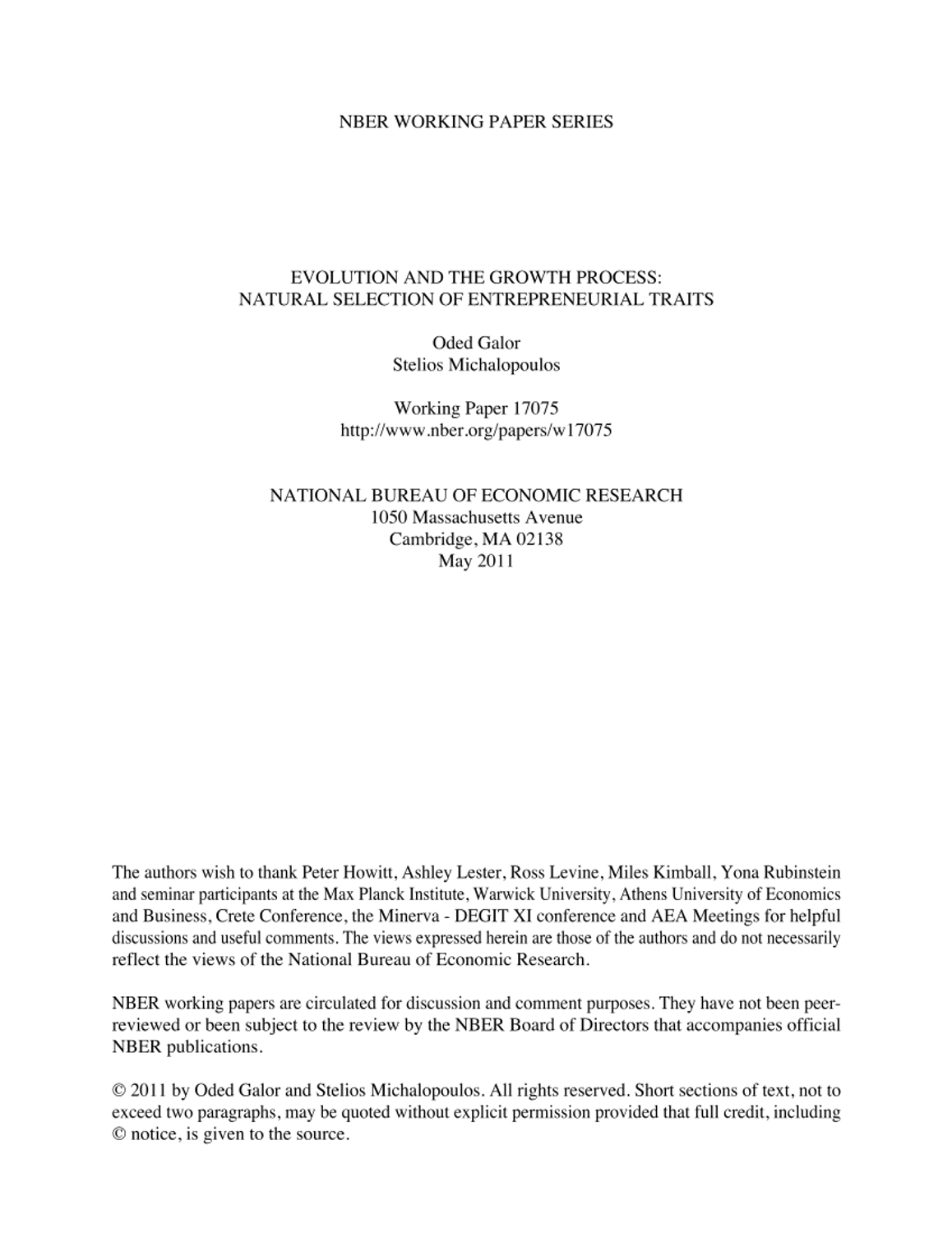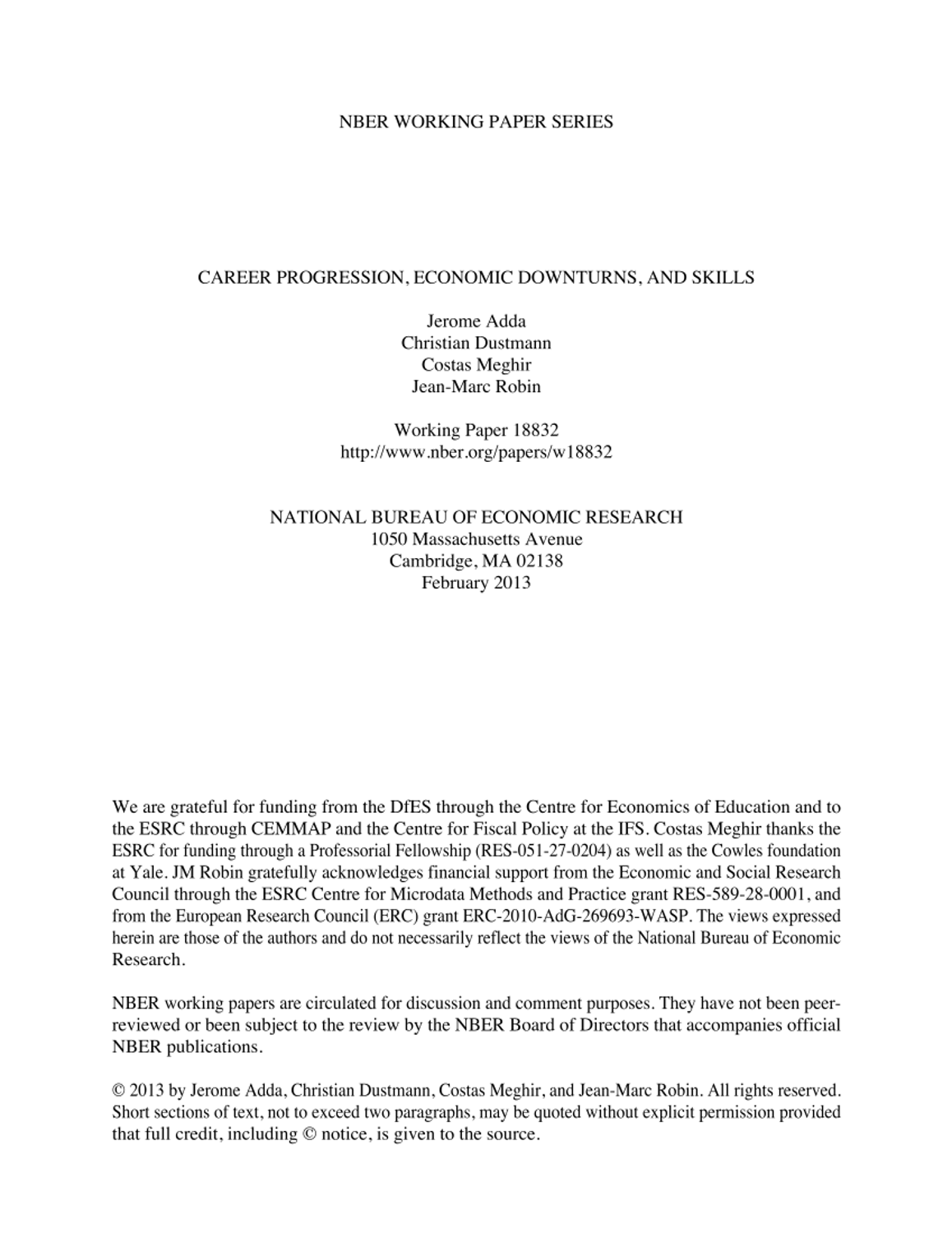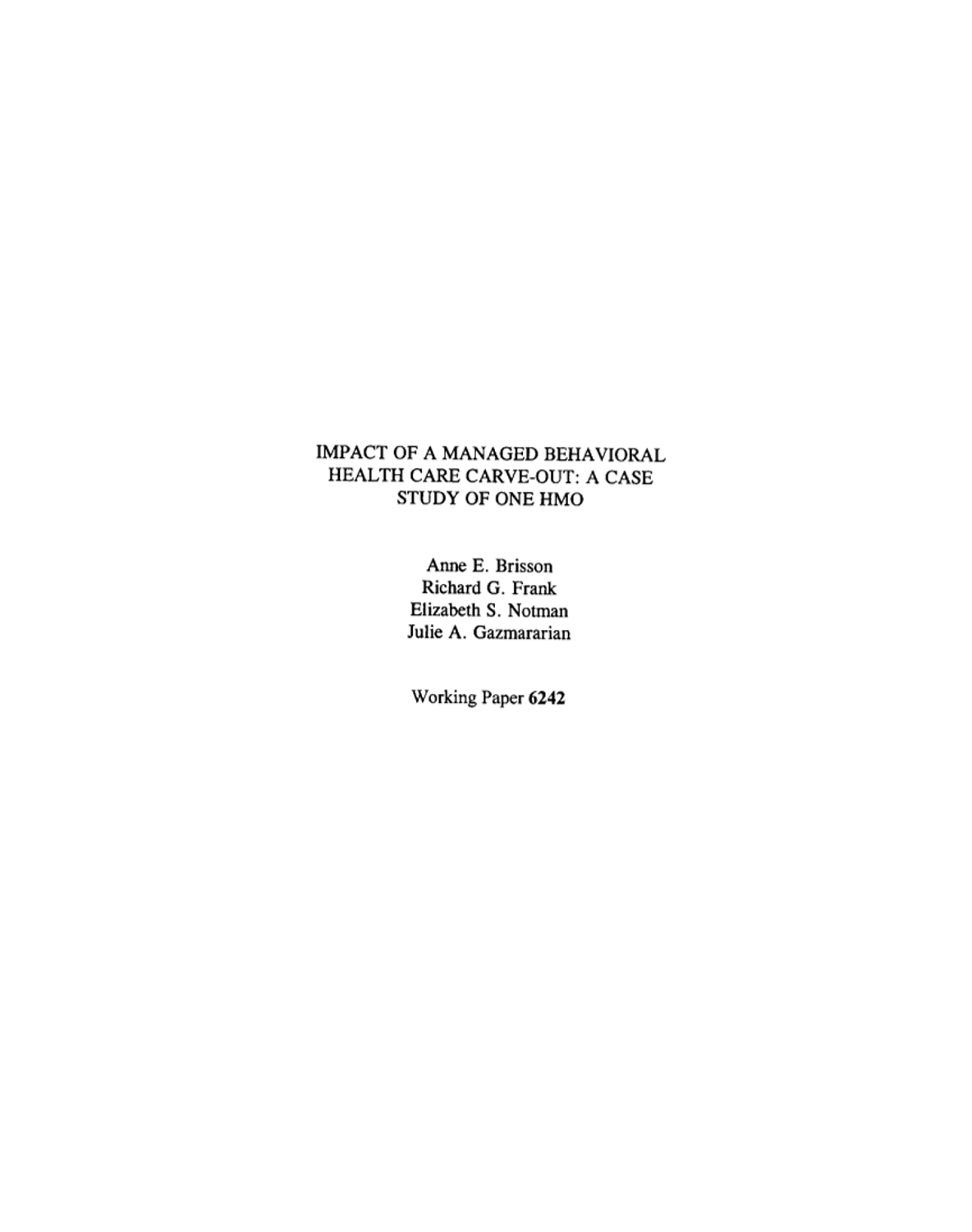연구보고서IMF Working Paper 17-201
What prevents a real business cycle model from matching the U.S. data?: decomposing the labor wedge
- 청구기호
- WP 17-201
- 발행사항
- Washington, D.C. : IMF, 2017
- 형태사항
- 35 p. :. PDF file ;. 1,038 KB
- 바로가기
소장정보
| 위치 | 등록번호 | 청구기호 / 출력 | 상태 | 반납예정일 |
|---|---|---|---|---|
이용 가능 (1) | ||||
| E0002774 | 대출가능 | - | ||
이용 가능 (1)
- 등록번호
- E0002774
- 상태/반납예정일
- 대출가능
- -
- 위치/청구기호(출력)
책 소개
I carry out a business cycle accounting exercise (Chari, Kehoe and McGrattan, 2007) on the U.S. data measured in wage units (Farmer (2010)) for the entire postwar period. In contrast to a conventional approach, this approach preserves common medium-term business cycle fluctuations in GDP, its components and the unemployment rate. Additionally, it facilitates decomposition of the labor wedge into the labor supply and the labor demand wedges. Using this business cycle accounting methodology, I find that in the transformed data, most movements in GDP are accounted for by the labor supply wedge. Therefore, I reverse a key finding of the real business cycle literature which asserts that 70% or more of economic fluctuations can be explained by TFP shocks. In other words, the real business cycle model fits the data badly because the assumption that households are on their labor supply equation is flawed. This failure is masked by data that has been filtered with a conventional approach that removes fluctuations at medium frequencies. My findings are consistent with the literature on incomplete labor markets.

